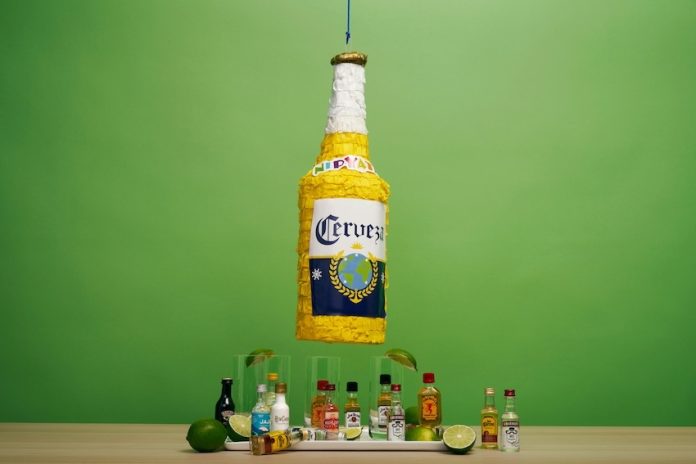The date is May 5th, 1862. The battleground: Puebla, Mexico. Two armies face off. Hailing from overseas, the French, with powerful military capabilities, against the outnumbered resident underdogs — the Mexicans.
Sent by French Emperor Napoleon III, the French troops are here to collect a debt — by taking Mexico as a colony. Mexico’s president, Benito Juarez, has suspended all payments to foreign countries, leaving accounts with France in the red. The two-year freeze is a measure to alleviate the financial strain faced by Mexico due to the country’s ongoing civil “Reform” War being fought between liberal and conservative factions within the country. It is also a move meant to stabilize the country and increase Mexican sovereignty by reducing the foreign intervention of European creditors who had lent Mexico money.
An unlikely victory
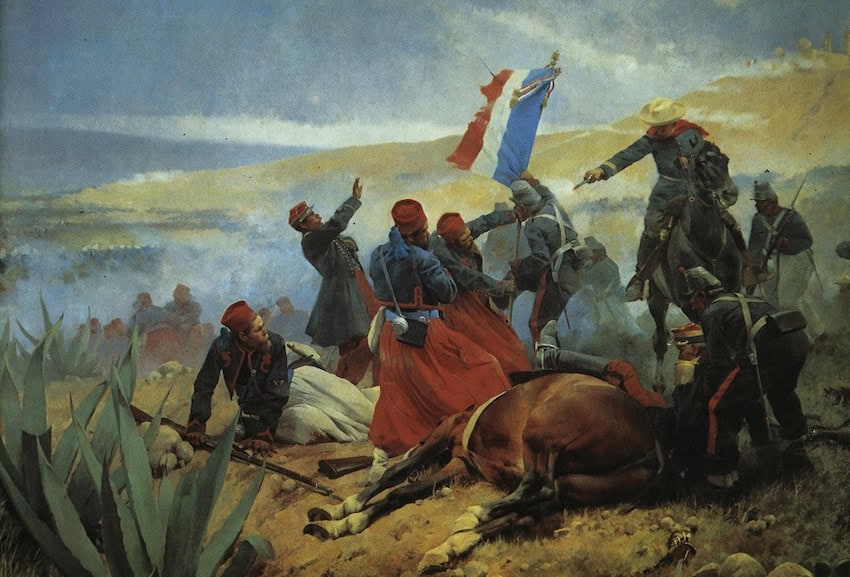
The battle lasts all of three hours. When the smoke clears, the unlikely winners emerge. The French have surrendered and are routed after suffering casualties of nearly 500 men. The victorious Mexican underdogs, led by General Ignacio Zaragoza, have lost less than 100.
The Mexicans have won this battle, but will ultimately lose the war. One year later in 1863, the French would return and recapture Mexico, with their reign lasting for several years. But for this Cinco de Mayo battle, the Mexicans are victorious.
Fast forward to today. Somehow victory at Puebla, which had meant relatively little in the grand scheme of Mexico’s turbulent history, has become a nation-wide celebration… in a foreign country.
An American celebration
North of the border, on May 5 of each year, festivities in the United States celebrating Cinco de Mayo commence, drawing partygoers of all backgrounds into celebrations filled with guacamole, tacos, sombreros, mariachi music and endless margaritas. Mexican restaurants throughout the country find themselves packed with revelers taking part in city-wide celebrations, parades, festivals and events in over 500 US cities.
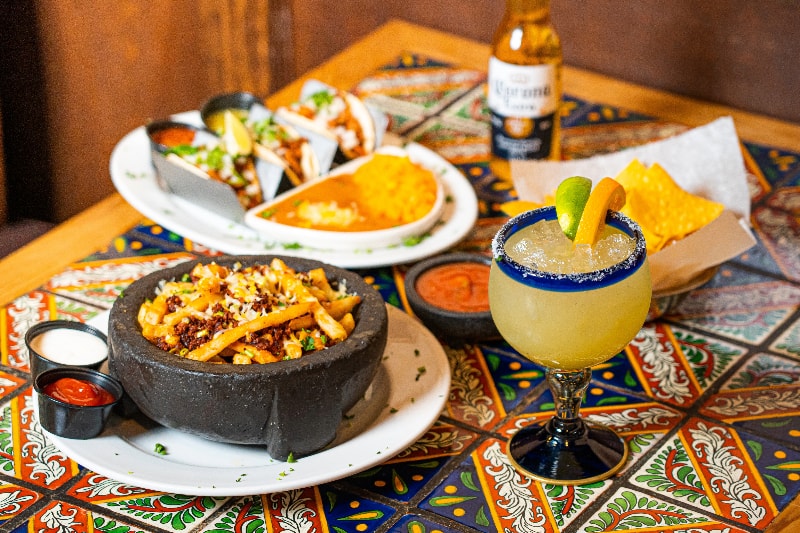
So how did this minor battle victory become such a nationwide Mexican celebration… outside of Mexico?
Historical significance and symbolism
The victory became symbolic for U.S.-based Latinos, with obvious parallels to the Civil War, the Chicano movement and a broader push toward democracy and against oppression.
In 1862, the United States was facing its own internal Civil War. The defeat of the French on Cinco de Mayo was a blow to the Confederates, who had counted on their French ally’s support from neighboring Mexico.
Instead, leveraging the unforeseen defeat of the French, Mexicans in the western United States used the victory to rally together to support the Union army and Mexico’s efforts to battle continued French invasion. The community — uniting under both Mexican and U.S. flags — formed “juntas patrióticas mexicanas” (patriotic Mexican groups), which provided financial and political support, along with army recruits for the two causes. The juntas continued to support Mexican immigrants and Latino communities in the United States following the Civil War.
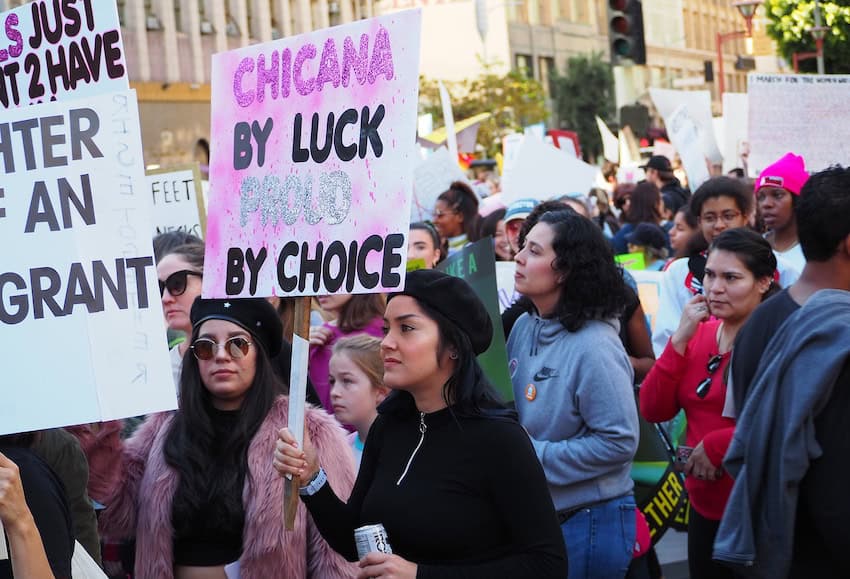
The 1862 battle gained symbolic prominence among Latin-American communities over the years in their struggles against racism and inequality. During the 1960s and 1970s Chicano Movement — during which Latino communities fought against discrimination and for equal rights — activists evoked the victorious Cinco de Mayo battle as a metaphor for overcoming white oppression.
Cultural identity and commercialization
The meaning of the Cinco de Mayo Battle of Puebla has continued to evolve among Latino communities in the United States as a proud celebration of Mexican cultural heritage and history. More recently it appears that the day has become incorrectly known by many in the States as Mexico’s Independence Day (actually the 16th of September) — a day in which the people of Mexico began a lengthy revolt against Spanish rule in 1810, under the leadership of Mexican priest Miguel Hidalgo.
Since the 1980’s, the holiday has also been leveraged commercially by businesses and brands, nurtured strategically in part by alcohol companies implementing Cinco de Mayo marketing campaigns and limited edition products around the holiday. Mexican restaurants partake in the celebratory atmosphere often hosting Cinco de Mayo events offering Mexican-themed music, cocktails and foods.
Preservation, tradition and recognition
In Puebla, the location of the original Cinco de Mayo victory, events commemorating the battle take place. But ultimately, the widest expressions of this holiday are owned by proud Latino communities in the U.S., celebrating their rich cultural heritage, the achievements of Latinos, and the interconnectedness of Mexican and United States history.
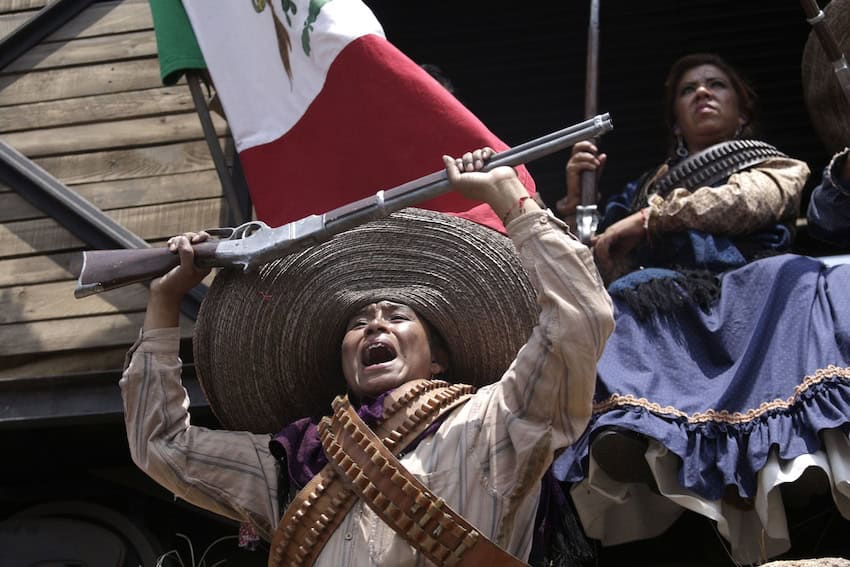
For an authentic flair during the holiday, indulge in some local fare from Puebla, including mole poblano and pulque, a traditional Mexican alcoholic beverage made from the fermented sap of the agave plant.
What are your favorite ways to celebrate Cinco de Mayo?
Monica Belot is a writer, researcher, strategist and adjunct professor at Parsons School of Design in New York City, where she teaches in the Strategic Design & Management Program. Splitting her time between NYC and Mexico City, where she resides with her naughty silver labrador puppy Atlas, Monica writes about topics spanning everything from the human experience to travel and design research. Follow her varied scribbles on Medium at https://medium.com/@monicabelot.
